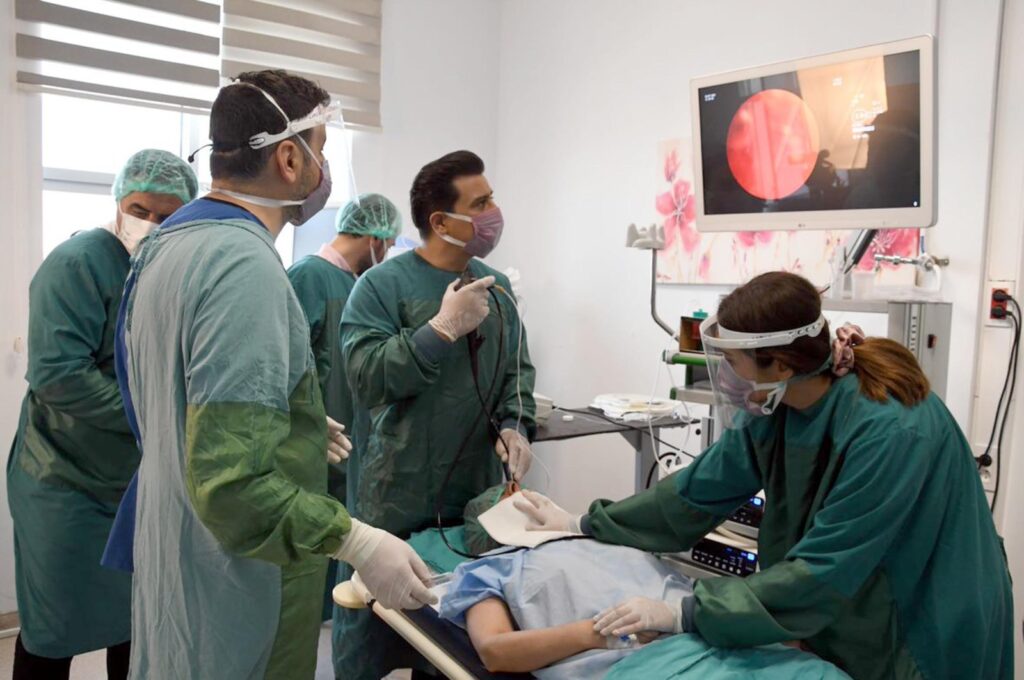According to Dr. Nejat Altuntaş, Associate Professor and Chief Physician and Pulmonologist at Tekirdag Namuk Kemal University, there is an international strong demand for “balloon therapy” from patients suffering from COPD (chronic obstructive pulmonary disease). In-demand (NKU) research and training hospital.
“This treatment was first developed by Turkish scientists and we introduced it to the world. We started receiving many foreign patients, especially from European countries, Greece and Arab countries. We have so many requests for hospitalization that we can hardly keep up,” Altuntaş said.
“There was a patient named Emine Kiran who was suffering from COPD and increased phlegm. Despite using antibiotics and various treatments, she could not get rid of the phlegm. COPD has two There are several types, one of which is a rare type of emphysema. There are also secondary types that cause increased phlegm, such as Kiran’s disease, with about 60% to 70% of COPD patients suffering from the latter. ” said Altuntaş, who treated Emine Kiran.
“There are ‘goblet cells’ in the pipes in the trachea, and in patients with COPD, these cells increase and cause phlegm. The water builds up in the lungs, making it impossible to breathe, and patients feel like they are drowning. I feel that way.”
We perform the surgery using bronchoscopy, which involves inserting a video camera into the lungs and showing the inside of the lungs. The balloon is passed through the bronchoscope and inflated and deflated 30 times per minute using a gentle cutting function. As the bronchoscopy advances deep into the bronchial tubes, the balloon deflates and inflates, creating pressure and the cutting edge severing and killing some of the goblet cells and stunning the remaining cells. Thanks to this method, phlegm production is prevented, and within 2-3 days after the procedure, the patient begins to feel comfortable and his oxygen levels improve. ”, he added.
Altıntaş said that COPD is one of the most important chronic diseases, and when looking at mortality rate, COPD ranks fifth. The World Health Organization (WHO) estimates that within 5 to 10 years COPD will become one of the leading causes of death. Therefore, COPD is considered a very serious and deadly disease and must be treated correctly and quickly.


